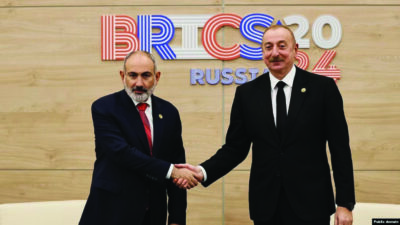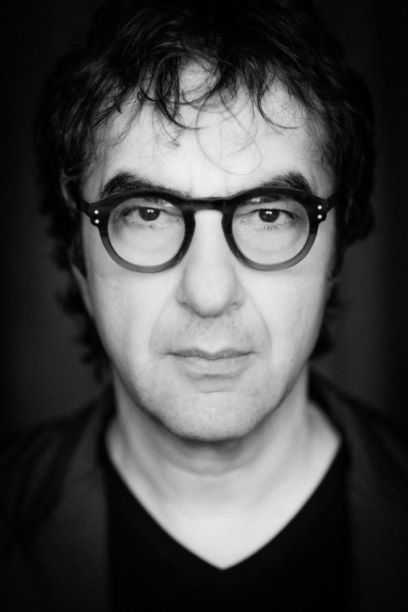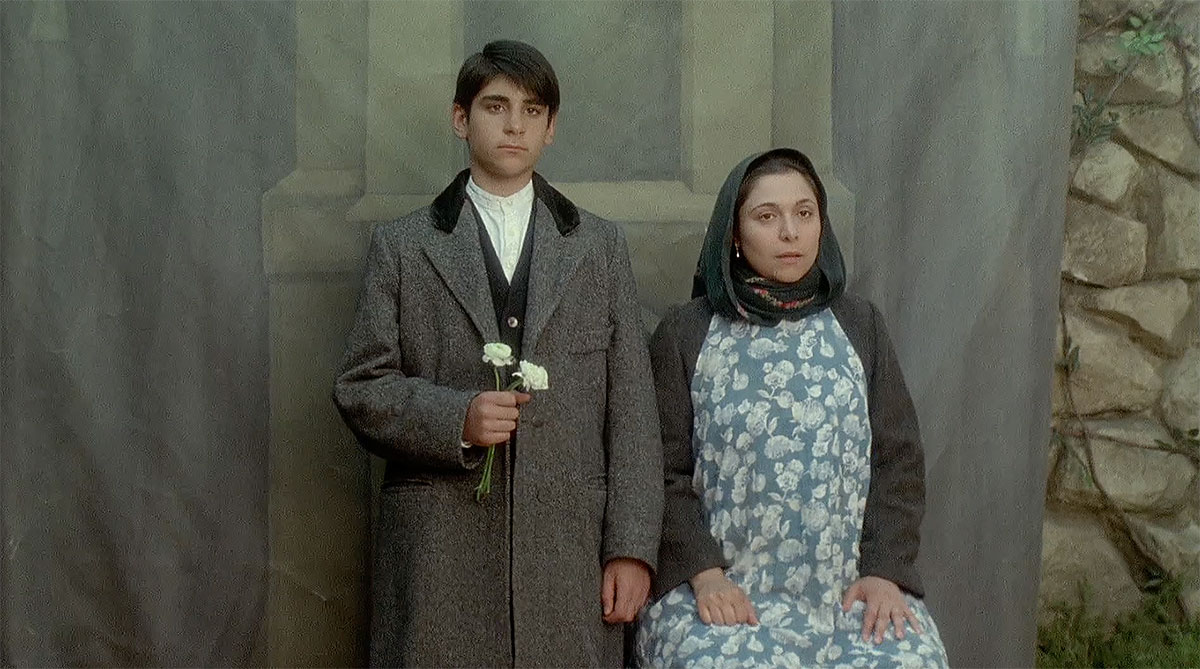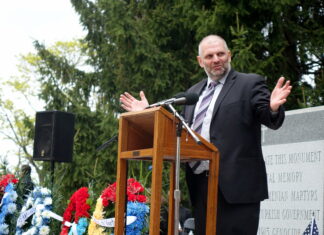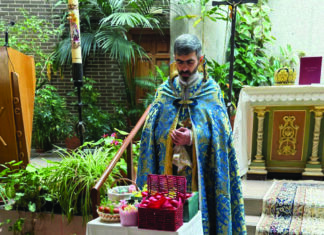NEW YORK — Filmmaker Atom Egoyan and composer Mary Kouyoumdjian have partnered with the Metropolitan Museum of Art and created an original work titled “They Will Take My Island,” about the late painter Arshile Gorky.
The premier performance took place virtually on January 26 on the Metropolitan’s website, as well as its YouTube and Facebook channels.
It features footage shot for but not seen from Egoyan’s 2002 film “Ararat” and the documentary “A Portrait of Arshile,” accompanied by music and spoken words, by Kouyoumdjian.
Kouyoumdjian’s haunting score, specifically written for this event, is performed by the JACK and Silvana quartets.
It is the first performance of the 2021 MetLiveArts virtual season. The performance is free and will remain online indefinitely.
Egoyan’s interest in Gorky runs deep. His film, “Ararat,” told the story of the Armenian Genocide, in part through the eyes of the young Armenian refugee who later reinvents himself as Arshile Gorky in the US.
